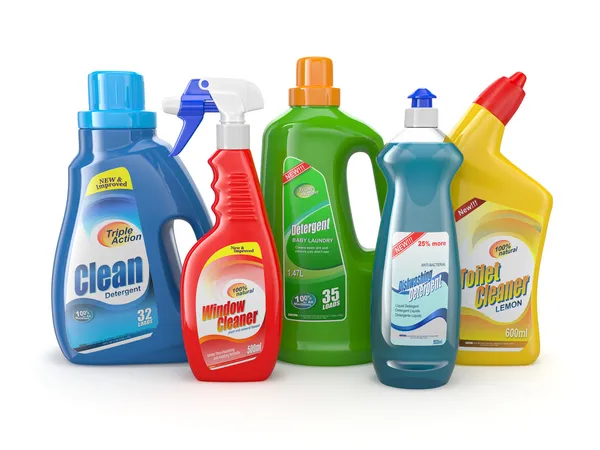Unveiling the Hidden Risks: Exploring Chemical Hazards in Cleaning Products
2 min read
Cleaning products are an essential part of our daily lives, helping us maintain cleanliness and hygiene. However, behind the sparkling surfaces and fresh scents, there may be hidden dangers lurking. In this blog post, we will delve into the world of cleaning products and uncover the chemical hazards they may pose. From harmful ingredients to potential health risks, we will explore the importance of understanding these hazards and making informed choices for a safer environment.
- The Chemical Landscape of Cleaning Products:
Cleaning products often contain a wide range of chemicals, each serving a specific purpose. Common ingredients include surfactants, solvents, fragrances, and preservatives. While these chemicals are generally considered safe when used as intended, some may pose risks to human health and the environment. - Volatile Organic Compounds (VOCs):
VOCs are chemicals that easily evaporate at room temperature, releasing harmful gases into the air we breathe. Many cleaning products, such as aerosol sprays, carpet cleaners, and air fresheners, contain VOCs. Prolonged exposure to high levels of VOCs can lead to respiratory problems, allergic reactions, and even contribute to indoor air pollution. - Phthalates and Endocrine Disruption:
Phthalates are a group of chemicals commonly used as plasticizers in cleaning products. They enhance the flexibility and durability of plastics but have been linked to endocrine disruption. Endocrine disruptors interfere with the body's hormonal system, potentially leading to reproductive and developmental issues. Avoiding phthalate-containing cleaning products is crucial, especially for vulnerable populations such as pregnant women and children. - Irritants and Allergens:
Certain cleaning products can contain irritants and allergens that may cause skin, eye, or respiratory irritation. Ingredients like bleach, ammonia, and formaldehyde can trigger allergic reactions in sensitive individuals. It is essential to read product labels carefully and choose alternatives that are labeled as hypoallergenic or free from common irritants. - Environmental Impact:
Chemicals from cleaning products can find their way into our waterways and ecosystems, causing harm to aquatic life and disrupting the balance of nature. Phosphates, for example, commonly found in detergents, can contribute to water pollution and algal blooms. Opting for eco-friendly cleaning products and proper disposal methods can help minimize the environmental impact.
Conclusion:
While cleaning products play a vital role in maintaining cleanliness, it is crucial to be aware of the potential chemical hazards they may pose. Understanding the risks associated with certain ingredients can empower us to make informed choices and protect our health and the environment. By opting for safer alternatives and adopting sustainable cleaning practices, we can create a healthier and more sustainable future.
